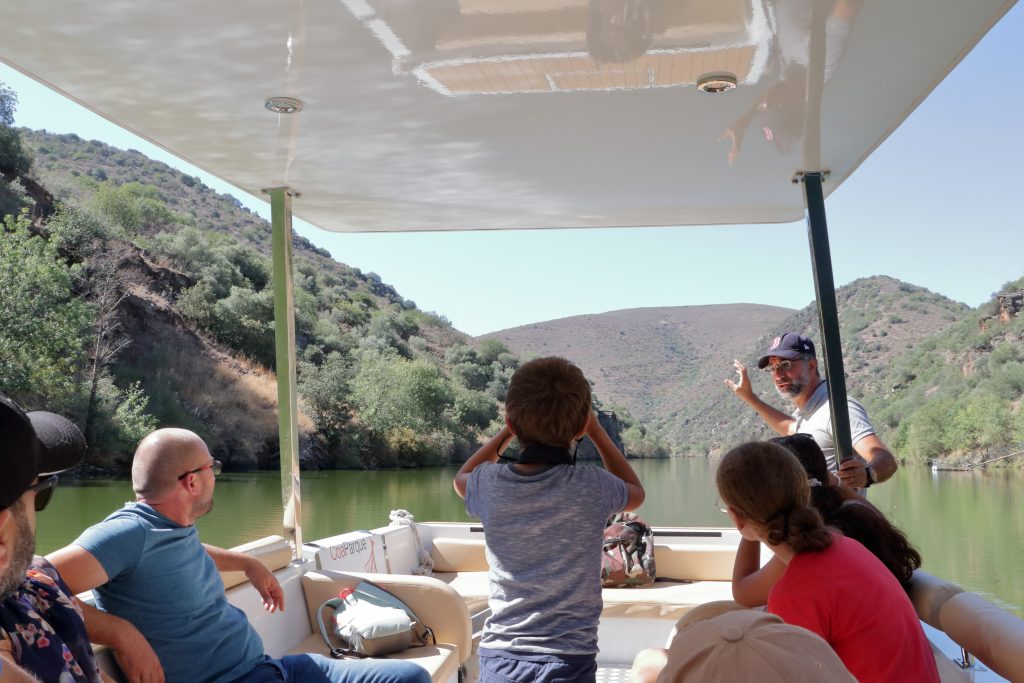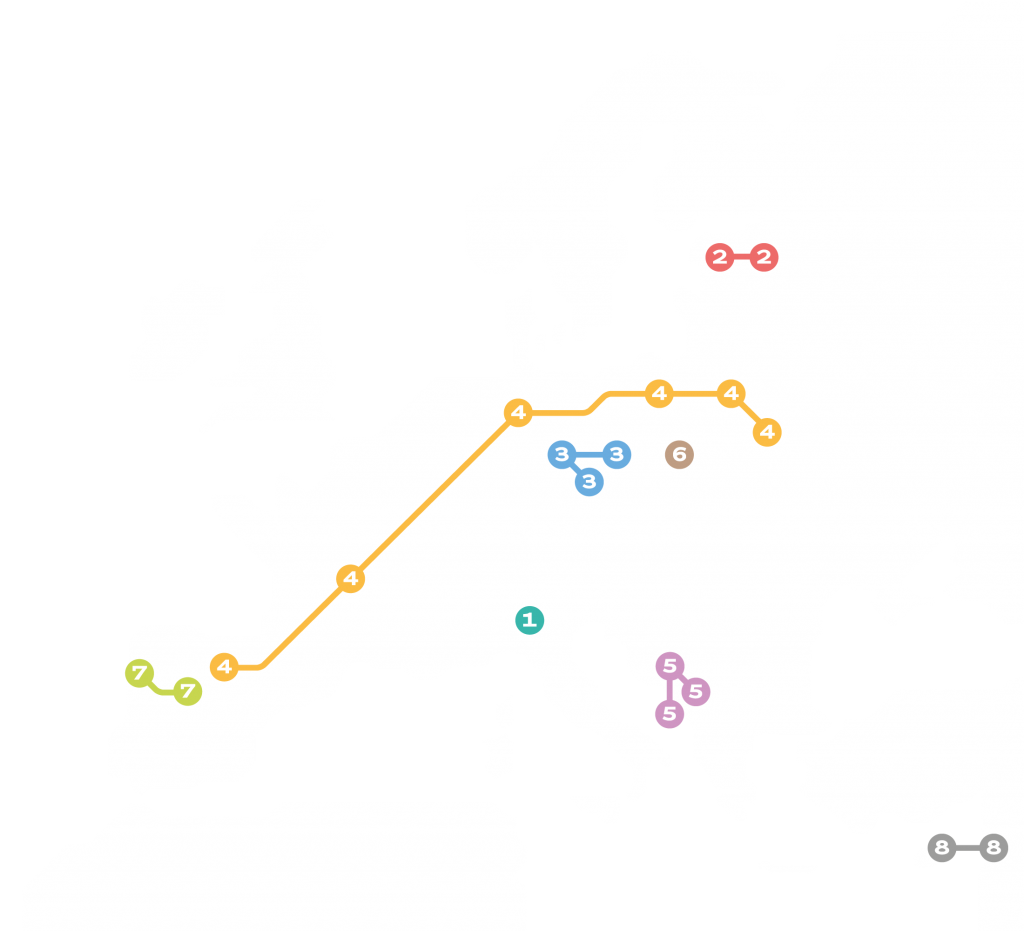The Prehistoric Rock Art Sites of the Côa Valley (Portugal) and Siega Verde (Spain) document continuous human occupation from the end of the Palaeolithic Age, and constitute a single UNESCO world heritage declaration. Hundreds of panels with thousands of animal figures have been engraved over several millennia, representing the most remarkable open-air ensemble of Palaeolithic art in Europe. Côa Valley and Siega Verde provide the best illustration of the iconographic themes and organization of Palaeolithic rock art, using the same modes of expression in caves and in the open air, thus contributing to a greater understanding of this artistic phenomenon and constituting an ancestral model of common identity. Together they form a unique site of the prehistoric era.
Côa Valley and Siega Verde are protected under various national laws for heritage protection and planning and have been declared a Bien de interés cultural (a cultural heritage site). The area also features in the Natura 2000 protected areas network.
The exploitation of Siega Verde site does not match its great potential, and can be considered a lesser known peripheral resource of an inland territory. Within this common situation, the Spanish part is even less known and much less visited, with a markedly smaller development of services.
During the TExTOUR project, Vale do Coa – Siega Verde achieved the following objectives:
- Sharing experience with other Pilot sites
- Developing a common cultural tourism strategy between the two sites based on what they have in common and what differentiates them, thus promoting tourist flow between the two sites
- Developing communication strategies with local populations and stakeholders, raising awareness of the importance of Paleolithic rock art , for the conservation of this millenary heritage and show the economic potential of cultural tourism for these regions
- Improving of knowledge supported by new archaeological data and 3D recording of rock art
- Promoting a transfer of the scientific knowledge and develop cultural management strategy that involve local communities
- Integrating Cultural and Natural Heritage of the region










